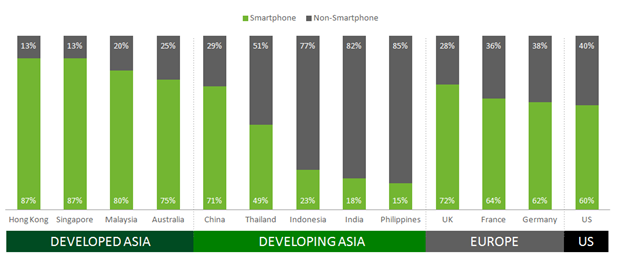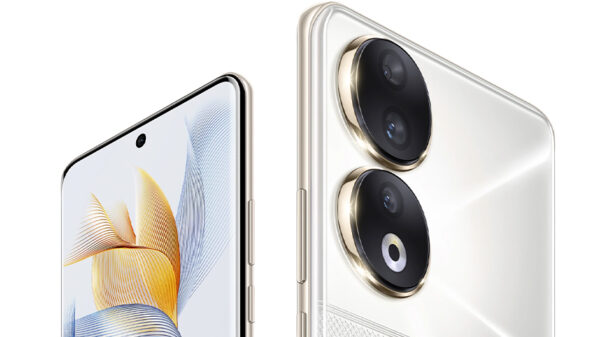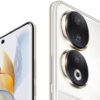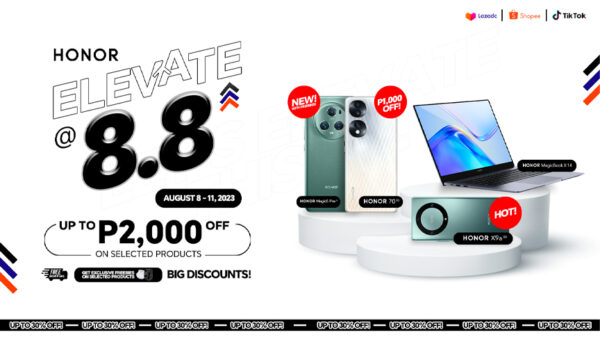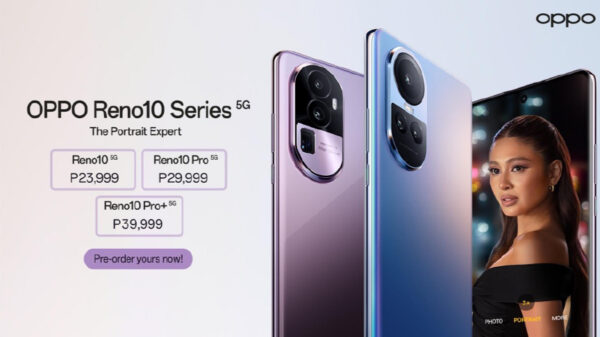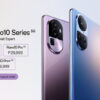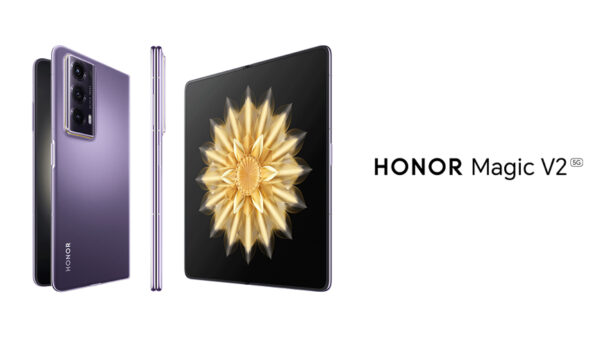The Philippines has the lowest smartphone penetration rate in the Asia Pacific region, according to a report released by Nielsen, a global provider of information and insights into what consumers watch and buy. In fact, most Filipinos still own non-smartphones and a majority only have one mobile phone.
The Nielsen report reveals that smartphone penetration in Asia Pacific has continued to see exponential growth in recent years, and in a number of markets is approaching saturation point and surpassing penetration in the US and many European nations.
The Nielsen report, Decoding the Asian Mobile Consumer, reveals the latest trends in consumers’ smartphone ownership, behaviour and attitudes across nine Asia Pacific countries including Indonesia, Malaysia, Thailand, The Philippines, Australia, Hong Kong, China, India and Singapore.
Asia Pacific smartphone penetration is highest in Hong Kong and Singapore at 87 percent, followed by Malaysia (80%), Australia (75%) and China (71%). Penetration in developing Asia Pacific markets, while trailing the more developed markets in the region, is gaining traction; Thailand’s smartphone penetration is at 49 percent followed by Indonesia (23%), India (18%) and the Philippines (15%).
The number of consumers owning multiple mobile handsets is also increasing across the region, particularly in Malaysia where close to half (47%) own more than one mobile phone, Hong Kong (31%), and Singapore and China (29%).
Tablet ownership has recorded significant growth in many Asia Pacific markets in the past year, in particular Singapore (up 30 percentage points to 47%), Hong Kong (up 27 points to 57%) and Malaysia (up 23 points to 42%). While Philippines has one of the lowest tablet ownership in Asia, at has slightly grown in the past year (up 2 points to 5%).
“The growth in connected device ownership across Asia Pacific has been staggering in recent years,” notes Sagar Phadke, Director of Nielsen’s Telecom and Technology Practice in Southeast Asia, North Asia and Pacific. “While this growth is expected to begin leveling out, consumers’ use of connected devices will continue to evolve and expand, presenting vast opportunities for organizations to engage with consumers on an almost ubiquitous platform. It is becoming more critical than ever for companies to develop sophisticated mobile strategies designed to leverage changing connected device behaviours and develop ongoing consumer engagement.”
Brand, word-of-mouth and social media driving device purchase
Across the region, brand ranks as the most common factor impacting choice of smartphone, with consumers in all eight markets covered in the Nielsen report listing brand in their top three attributes when purchasing a smartphone. Operating system features are also an important selection criteria.
QWERTY keyboards maintain relevance in Indonesia, India and the Philippines, however, screen size and touchscreen functionality is becoming increasingly important to consumers. Word-of-mouth and social media play a significant role in influencing consumers’ choice of smartphone. Across Asia Pacific, the majority of consumers list internet reviews and blogs and referrals from friends, colleagues and family as the most common factors influencing their purchasing decisions.
Consumers use their smartphones more than they say they do
As smartphone functionality improves and expands, along with consumers’ awareness and knowledge of the functionality available via their handsets, the amount of time consumers spend on their smartphones is seeing exponential growth. In Southeast Asia alone smartphone owners spent on average more than three hours per day on their smartphones in June 2013, with activities such as chat apps, social networking and entertainment activities like games and multimedia driving the highest levels of engagement.
“Despite smartphone penetration having not yet reached 100 percent, apps usage is burgeoning,” observes Phadke. “Globally, one in every five mobile users (1.2 billion) is using apps . Here in Asia Pacific, games, social networking and multimedia apps feature heavily amongst the most-used apps.”
Mobile video gaining traction in Asia
Viewing video via a smartphone is beginning to gain traction in Asia, particularly in Hong Kong and Singapore. More than half (53%) of Hong Kong consumers viewed video on a mobile device in the past 30 days, as did 38 percent of Singaporeans and 37 percent of Malaysians. Up-take of mobile video in developing Asia Pacific markets has been slower to gain traction, however, hovering at around one in 10 consumers.
“Mobile video content is a growing consideration for both advertisers and media owners,” notes Phadke. “Importantly, amongst those consumers watching video on their mobile handsets, engagement levels are very high. In the majority of Asia Pacific markets, consumers who are watching mobile video are doing so more than 10 times per week on average, providing exciting opportunities for marketers to build a lasting connection.”
Mobile commerce shaping the future of retail in Asia
While mobile commerce (mcommerce) in the majority of Asia Pacific markets is still largely un-tapped, Korea and Japan are well-progressed, with close to nine in 10 (89%) Japanese consumers and around two thirds (67%) of Korean consumers having participated in mcommerce activities in the past month. Outside of these two markets, Singapore, Hong Kong, Malaysia and Australia exhibit the strongest mcommerce up-take (31%, 28%, 27% and 25% of consumers in these markets respectively participated in mcommerce in the past month). In less developed markets, mcommerce activity trails at just eight percent in India, seven percent in Thailand and Indonesia, and three percent in the Philippines.
“We are seeing signs of huge opportunity for mobile shopping in markets such as Korea and Japan, where mcommerce is already a developed habit,” observes Phadke. “The mcommerce wave is quickly catching on in other markets across the region, and will play a key role in shaping the future of retail in Asia.”
Asia is warming up to mobile advertising
Smartphone owners in Asia Pacific markets are relatively receptive to mobile advertising. In China, nine in 10 (90%) smartphone owners clicked on a mobile advertisement in the past month, as did 87 percent of smartphone owners in India, and 78 percent in Japan and Hong Kong. Smartphone owners in Thailand and Indonesia exhibited the highest level of resistance to mobile advertising – 53 percent and 56 percent respectively clicked on mobile advertisements in the past month.
In-app advertising is the most prevalent form of mobile advertising in all Asia Pacific markets.
“Mobile advertising is still very much in a nascent phase, and many agencies and advertisers are still trialing and experimenting with advertising formats to see what works and what doesn’t,” notes Phadke. “What we are seeing is advertising which provides access to free content and does not disrupt the experience is the most widely-accepted. Advertisers looking to leverage mobile to deliver advertising messages need to focus on delivering an engaging experience whilst remaining non-intrusive on smartphone users’ time and mobile activities.
“Although mobile technology is evolving and has a long flight path ahead, the commonly observed and understood best practices for engaging with consumers remain the same. Understanding the drivers and motivators of consumers’ mobile behaviour and developing mobile strategies which tap into those drivers and motivators is critical for success,” concludes Phadke.




















































































